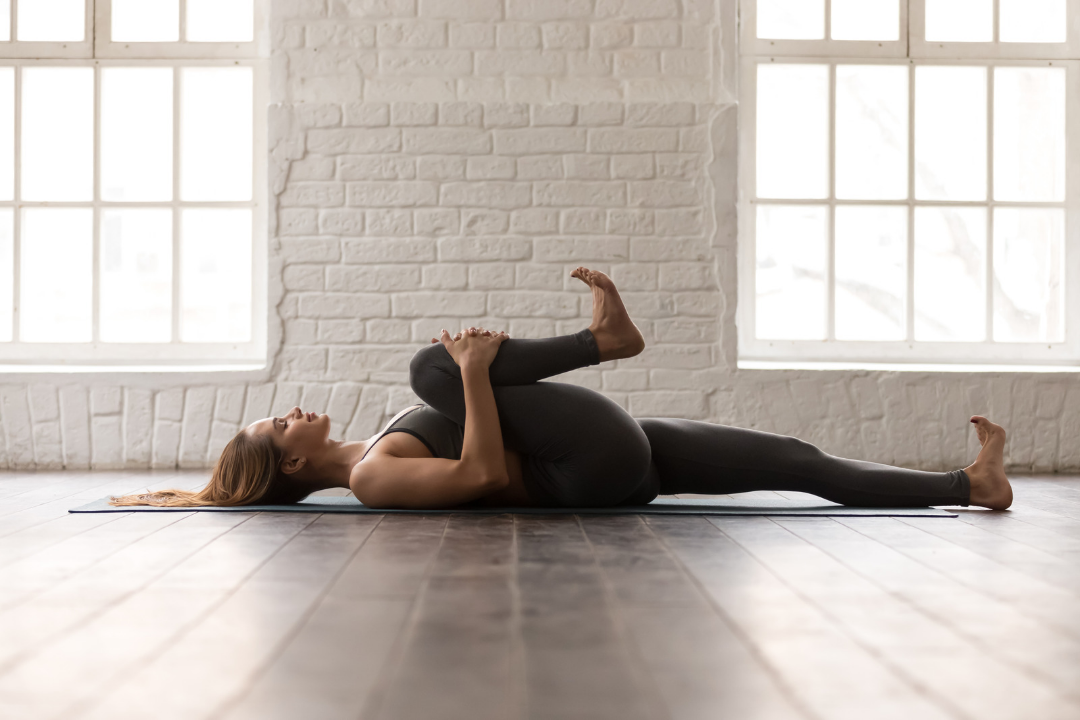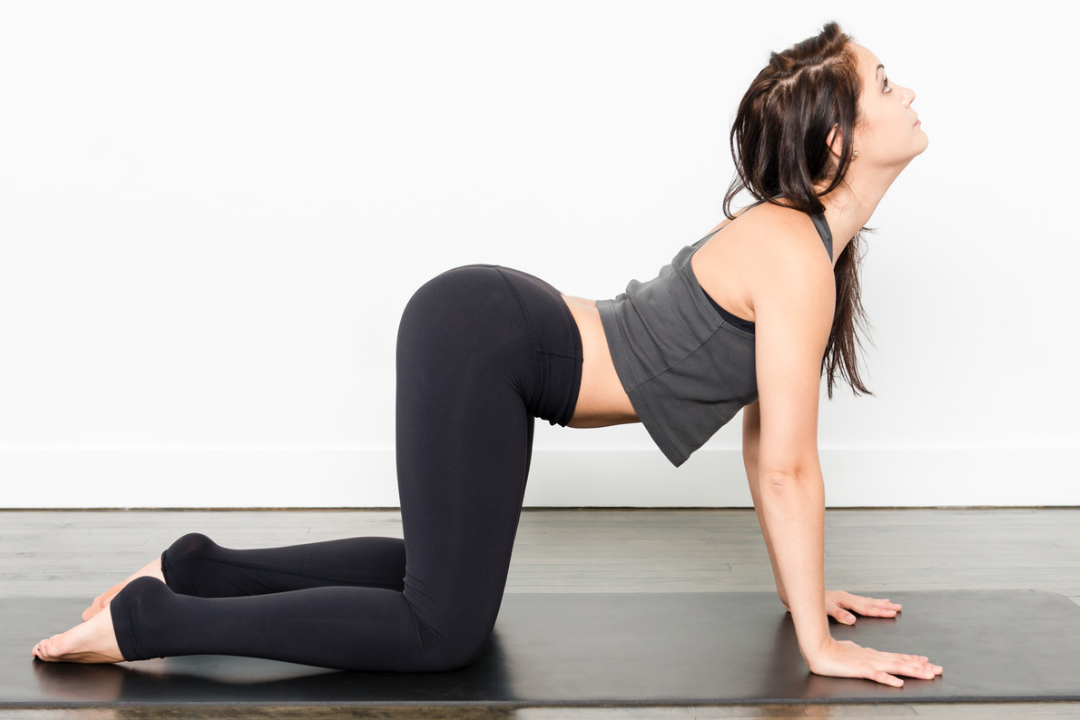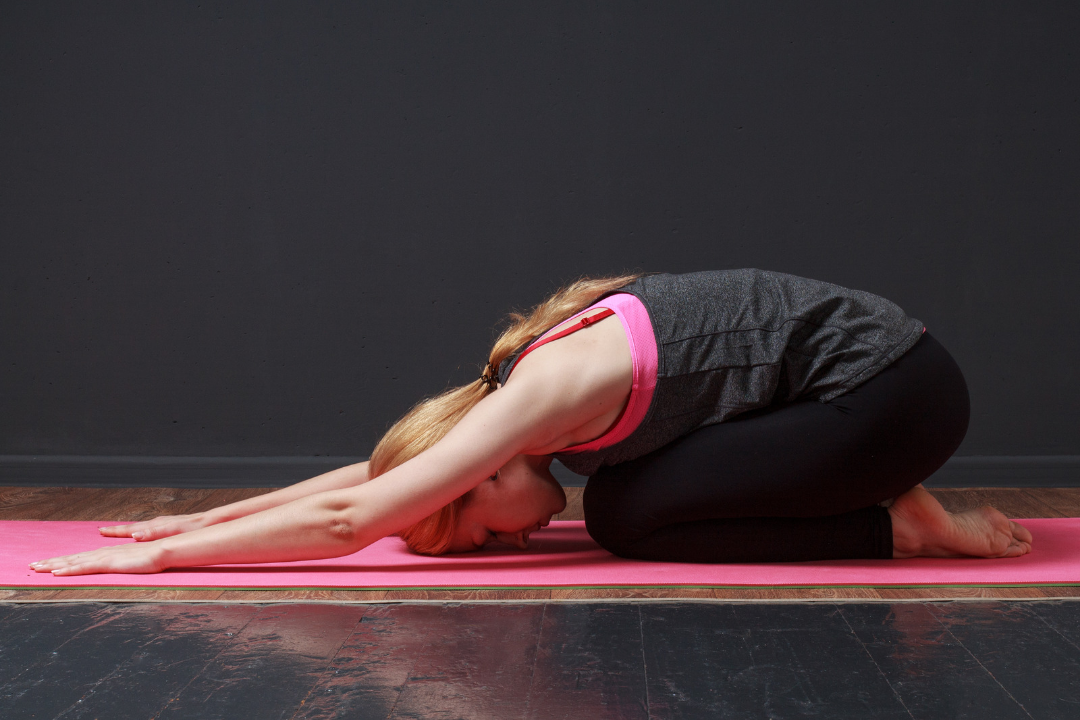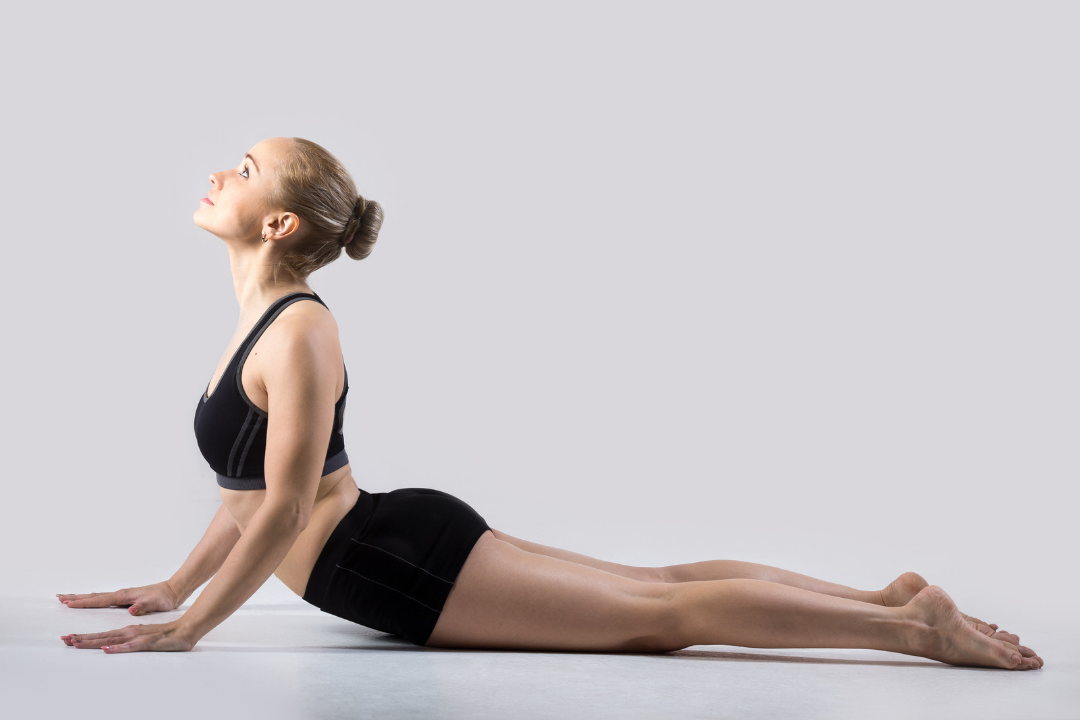
Are you suffering from lower back pain and seeking effective stretches to alleviate discomfort? Look no further! This article will explore the top 5 stretches for lower back pain. Whether you experience occasional twinges or chronic discomfort, these stretches can help improve flexibility, reduce muscle tension, and promote overall spinal health. By adding these stretches to your daily routine, you can improve your flexibility and overall health., you can proactively manage and prevent lower back pain, allowing you to move with greater ease and enjoy a better quality of life. Say goodbye to discomfort and hello to a healthier, pain-free back!
The Prevalence of Lower Back Pain
Approximately 80% of individuals will, at some point in their lives, have lower back discomfort. Women and adults over 30 are more likely to get the illness. In the majority of situations, the pain is severe and goes away on its own in a few days. In a few rare instances, the discomfort might last for a long time and require medical attention.
Understanding Lower Back Pain
Numerous conditions, including bad posture, strained muscles, and ruptured discs, may result in lower back discomfort. Additionally, the discomfort can be a sign of an underlying medical problem like osteoporosis or arthritis. If the pain is severe or continuous, it is important to consult with a doctor.
The Benefits of Stretching for Lower Back Pain
Stretching helps reduce lower back strain, promote flexibility, and improve circulation. Additionally, it might aid in avoiding future episodes of lower back discomfort.
Stretching Basics
Before getting into the top 5 stretches for lower back pain, it’s important to understand the basics of stretching. Proper form is crucial to ensuring that you are hitting the right muscles and avoiding further strain. Focus on keeping a stable back position and avoiding any jerky or rapid moves.
The Role of Breathing
Proper breathing techniques during stretching can help ease stress in the muscles and improve flexibility. Inhaling deeply and exhaling slowly during each stretch can encourage relaxation and help strengthen the stretch.
The Duration and Frequency of Stretches
Stretching requires more sustained effort than one acute effort; thus, sustained effort is preferable. For the most benefits, stretching should be done at least twice a day for 10–15 minutes. Each stretch should be held for at least 30 seconds, with each exhalation allowing you to ease into the stretch.
The Top 5 Stretches for Lower Back Pain
The following stretches are some of the most effective for relieving lower back pain.
1. Knee-to-Chest Stretch

The knee-to-chest stretch is great for stretching the lower back and reducing stress. This stretch targets the lower back muscles and the glutes as well. It also helps improve flexibility in the hips and knees.
Knee-to-chest stretch Benefits
- Alleviates tension in the lower back muscles and glutes
- Helps relieve hip pain and stiffness
- Encourages relaxation and improves circulation
How to Perform the Stretch
- Lie on your back with your knees bent and your feet flat on the ground.
- Slowly bring one knee up to your chest, holding the knee with your hands.
- Hold the position for 30 seconds while breathing deeply.
- Release the knee and repeat with the opposite leg.
Modifications
- For a deeper stretch, straighten the opposite leg.
- For a less intense stretch, hold the back of the thigh instead of the knee.
2. Cat-Cow Stretch

The lower back and the rest of the spine are both targeted by the cat-cow stretch. It helps reduce pain and stiffness while promoting spinal mobility.
Cat-Cow Stretch Benefits
- Stretches the entire spine and promotes spinal mobility
- Relieves tension in the lower back and hips
- Helps improve posture
How to Perform the Cat-Cow Stretch
- Start on all fours with your hands directly under your shoulders and your knees under your hips.
- Inhale and arch your back, lifting your head and tailbone towards the ceiling.
- Exhale and round your spine, tucking your chin and tailbone towards your chest.
- Repeat for 10-15 breaths.
Modifications
- For a deeper stretch, exhale and hold the rounded position for a few breaths.
- For a gentler stretch, only move the upper body and keep the hips stationary.
3. Child’s Pose

Child’s pose is a soothing stretching exercise that promotes relaxation and stress reduction while gently stretching the lower back muscles.
Child’s Pose Benefits
- Stretches the lower back muscles, hips, and thighs
- Relieves tension and stress
- Promotes relaxation and calmness
How to Perform the Child’s Pose
- Start on all fours with your hands directly under your shoulders and your knees under your hips.
- Sit back on your heels, stretching your arms out in front of you.
- Rest your forehead on the ground and breathe deeply.
- Hold the position for 30 seconds to 1 minute.
Modifications
- For a deeper stretch, widen your knees and reach your arms further forward.
- For a gentler stretch, place a cushion or blanket beneath your hips.
4. Cobra Stretch

The cobra stretch targets the muscles in the lower back and abdomen, promoting spinal extension and relieving tension.
Cobra Stretch Benefits
- Stretches the lower back muscles and core
- Increases spinal mobility
- Strengthens the muscles of the back and core
How to Perform the Cobra Stretch
- Lie on your stomach with your hands beneath your shoulders.
- Slowly lift your chest off the ground and straighten your arms, keeping your hips and legs on the ground.
- Hold the position for 30 seconds while breathing deeply.
- Release the stretch by lowering your chest back to the ground.
Modifications
- For a gentler stretch, lift only your chest off the ground and keep your elbows bent.
- For a deeper stretch, straighten your arms and lift your elbows off the ground.
5. Pigeon Pose

The Pigeon Pose is a great stretch for the glutes and hips, which may help reduce lower back discomfort that is caused by tight muscles in those regions.
Pigeon Pose Benefits
- Stretches the muscles of the hips and glutes
- Relieves tension in the lower back
- Improves posture and alignment
How to Perform the Pigeon Pose Stretch
- Start on all fours with your hands directly under your shoulders and your knees under your hips.
- Bring one leg forward and place it in front of you with your knee bent and your foot near the opposite hip.
- Straighten your other leg behind you and lower your hips towards the ground.
- Hold the position for 30 seconds while breathing deeply.
- Switch sides and repeat.
Modifications
- For a deeper stretch, place your hands on blocks or a cushion.
- For a gentler stretch, sit upright or lean back onto your hands.
Additional Tips and Tricks
Incorporate the following tips to enhance the effectiveness of your stretching routine.
The Use of Props
Yoga blocks, cushions, and straps can be used to support and deepen stretches, encouraging relaxation and correct form.
The Importance of Listening to Your Body
It is important to listen to your body and stop stretching if you feel pain. Avoid overstretching and push yourself gradually to avoid further injury.
Other Activities to Incorporate
Walking, swimming, and gentle yoga can also alleviate lower back pain and promote spinal health.
Conclusion
Stretching is an effective method for treating lower back pain. You can increase flexibility, build muscle, and relieve pain by including these top 5 stretches in to your routine. Remember to prioritize proper form, breathe deeply, and listen to your body. Consistency is key, so make stretching a regular part of your routine to enjoy its full benefits.
Recap of the Benefits of Stretching for Lower Back Pain
- Alleviates tension and pain in the lower back muscles
- Improves spinal mobility and flexibility
- Promotes relaxation and stress relief
Final Thoughts and Encouragement
Don’t let lower back pain hold you back from living your best life. By incorporating stretching into your daily routine, you can improve your physical and mental health.
FAQs
What is the best time of day to stretch for lower back pain?
There isn’t a single, perfect response to this question. Some individuals discover that stretching in the morning allows them to start the day with less discomfort and better mobility. Some people like to stretch in the evening to relax their muscles before bed. Determine what works best for you by experimenting with various times of day.
How often should I stretch for lower back pain?
It is recommended to stretch for at least 10-15 minutes a day, two to three times a day if possible.
Can stretching alone cure lower back pain?
Stretching alone is not a cure for lower back pain, but it can help alleviate symptoms and prevent future occurrences when done consistently over time.
Is it safe to stretch if I have chronic lower back pain?
If you have chronic lower back pain, it is important to consult with a healthcare professional before starting any stretching practice. They can provide guidance tailored to your specific condition and ensure that stretching is safe and appropriate for you.
How long should I hold each stretch for lower back pain relief?
It is generally advised to hold each stretch for 15 to 30 seconds. Nevertheless, pay attention to your body and change the time as necessary. You may hold a stretch for up to a minute if it is very tense or painful so that your muscles can unwind and release tension.






